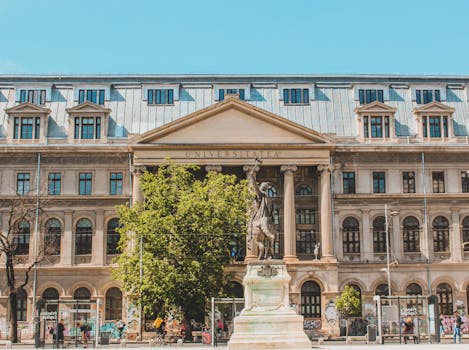
Traveling Through Time: How Europe’s Historical Heritage Shapes Modern Lifestyles in 2025
Traveling Through Time: How Europe’s Historical Heritage Shapes Modern Lifestyles in 2025. Europe, a continent steeped in history and tradition, has a unique ability to blend the old with the new. From the ancient ruins of Rome to the modern architecture of Barcelona, Europe’s historical heritage continues to shape modern lifestyles in profound ways. In this article, we’ll explore how Europe’s rich cultural legacy influences contemporary culture, architecture, art, and cuisine.
Introduction to Europe’s Historical Heritage
Europe’s historical heritage is a treasure trove of cultural, architectural, and artistic riches. The continent is home to some of the world’s most famous landmarks, such as the Eiffel Tower, the Colosseum, and Big Ben. These iconic structures not only attract millions of tourists each year but also serve as a reminder of Europe’s complex and fascinating history. From the Renaissance to the Enlightenment, Europe has been at the forefront of artistic, scientific, and philosophical innovation, leaving an indelible mark on modern society.
The Impact of Historical Heritage on Modern Lifestyles
So, how does Europe’s historical heritage shape modern lifestyles? One way is through architecture. Many European cities have preserved their historical architecture, incorporating ancient buildings into modern urban landscapes. For example, Rome’s ancient ruins are juxtaposed with modern buildings, creating a unique and captivating cityscape. This blend of old and new has inspired contemporary architects to incorporate historical elements into their designs, resulting in a distinctively European style.
Another way historical heritage influences modern lifestyles is through art. European museums and galleries are renowned for their extensive collections of historical art, from Michelangelo’s sculptures to Van Gogh’s paintings. These masterpieces continue to inspire contemporary artists, who draw upon traditional techniques and themes to create innovative and thought-provoking works. The result is a vibrant and diverse art scene that reflects Europe’s rich cultural heritage.
Cuisine and Historical Heritage
Europe’s historical heritage also plays a significant role in shaping modern cuisine. Traditional dishes, such as Italian pasta, Spanish tapas, and French escargots, are staples of European cuisine. These dishes have evolved over time, incorporating new ingredients and cooking techniques while maintaining their historical roots. The preservation of traditional cuisine is not only a nod to the past but also a way to promote cultural exchange and understanding.
Conclusion
In conclusion, Europe’s historical heritage continues to shape modern lifestyles in profound ways. From architecture to art and cuisine, the continent’s rich cultural legacy has left an indelible mark on contemporary culture. As we look to the future, it’s essential to preserve and appreciate Europe’s historical heritage, not only for its aesthetic value but also for its ability to inspire and educate. By embracing our shared cultural heritage, we can foster a deeper understanding of ourselves and our place in the world.





